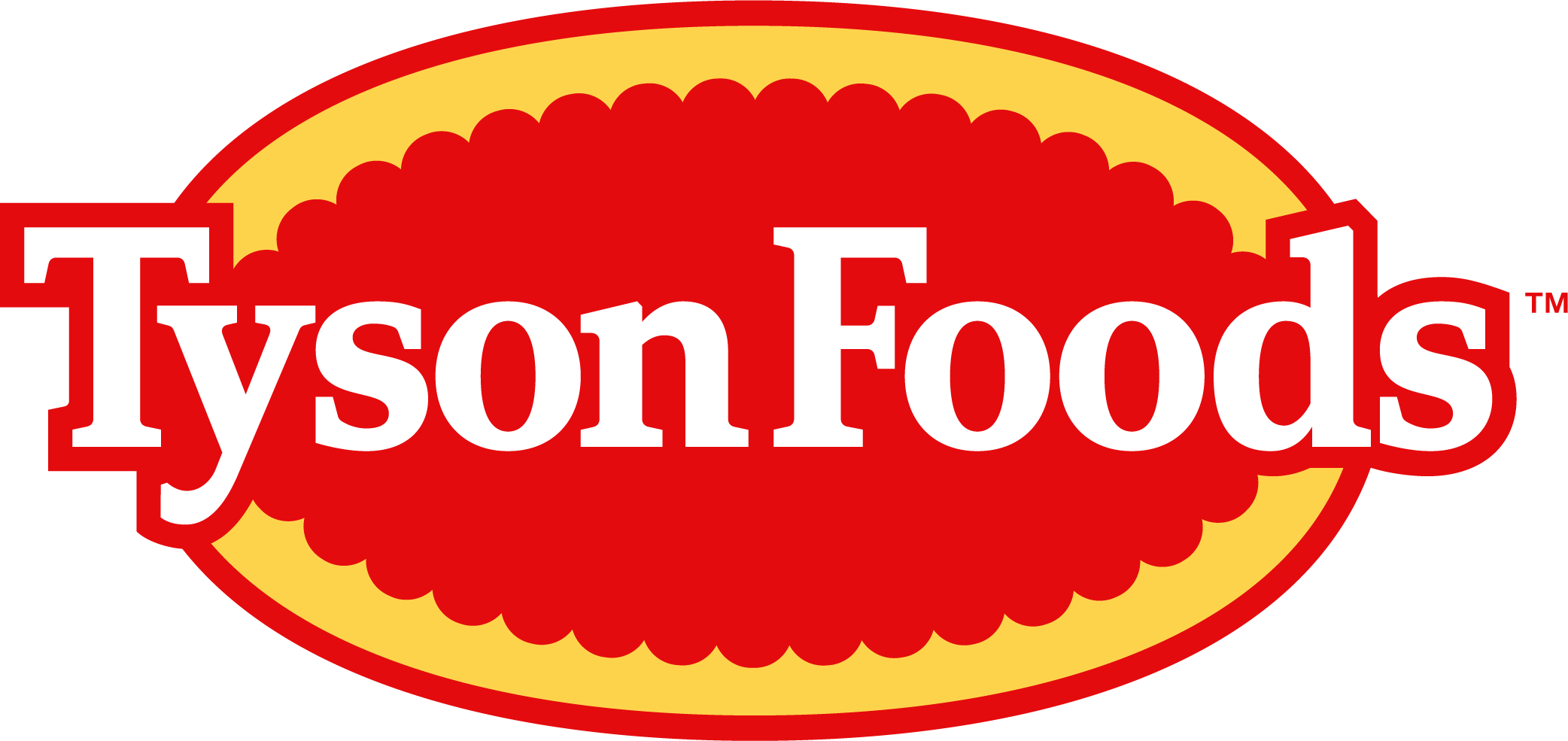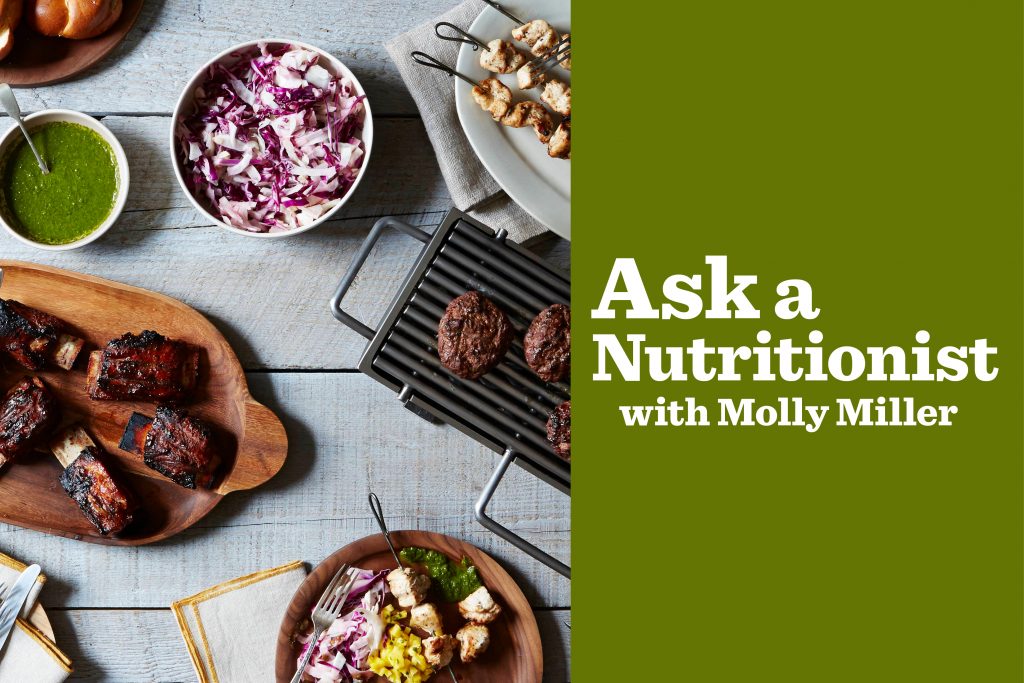Nutrition information is often met with uncertainty and doubt. From understanding food labels to researching the latest diets and food trends, it’s easy to become overwhelmed by the volume of information available. This data overload can make it tough to decide how to best approach nutrition and incorporate needed essentials, like protein, into our diets.
National Nutrition Month is an annual campaign created by the Academy of Nutrition and Dietetics focused on promoting food education and awareness. This year’s theme, “Personalize Your Plate,” encourages a holistic approach to nutrition and health while tailoring choices to individual tastes.
As the leading protein provider, we are committed to good, nourishing food. We asked Molly Miller, lead registered dietitian nutritionist (RDN) for Research and Development, to share some insight on nutrition and the important role of protein in our diets.
What do you do as a nutritionist at Tyson Foods?
Miller: Working on the team at Tyson gives me the opportunity to create greater change and impact with nutrition health than in private counseling. I get to work closely with R&D product developers and brand marketing to create new, nutritious products that reach so many families around the world. I also track emerging nutrition initiatives such as the updated nutrition facts panel, school nutrition standards, FDA’s sodium reduction targets, and the USDA Dietary Guidelines.
We have a great team of nutrition specialists and registered dietitians here who are really committed to putting good food on families’ plates.
Nutrition can often seem confusing. Why is that?
Miller: Nearly every day, a new scientific study about diet and health makes headlines. There can be a lot of nutrition noise around fad diets from friends, family and social media, and it is difficult to keep up with the latest nutrition research.
You can always feel confident turning to the USDA Dietary Guidelines for Americans, which reviews the most current research and makes recommendations for Americans every five years. The most recent guidelines were just released at the end of 2020. That’s where I turn for clear, reliable nutrition information.
What is protein and why is it important?
Miller: Protein is a macronutrient that is made up of a chain of amino acids. It is an essential nutrient that is needed anytime your body is growing or repairing itself. People tend to only think of this growth and repair process when it comes to muscles, but protein is also needed for our hair, nails, hormones, enzymes, and our immune system.
What foods contain protein?
Miller: Protein is a nutrient found in many types of food. Some nutritious sources include:
- Meat and poultry
- Eggs
- Fish and seafood
- Dairy
- Legumes, including soy-based products
- Nuts and seeds
Four to six ounces of lean beef, poultry or fish will deliver about 25 – 30g protein while eggs provide 6g of protein. Dairy varies depending on the type: a cup of milk has 8g protein and Greek yogurt has more protein than regular yogurt.
There is a benefit in eating protein as part of a whole food instead of an isolated nutrient. Whole foods include additional nutrients like carbohydrates, fat, iron, zinc, B12 and other nutrients needed for a healthy and balanced diet.
How much protein do we need?
Miller: The Recommended Dietary Allowance (RDA) for protein is 0.8g/Kg for adults, or 60g of protein for a 165 lb. adult. While this is a good guideline, it does not take into account other factors like age, sex, activity level, or health status.
Another way to look at protein recommendations is the Acceptable Macronutrient Distribution Range (ADMR) for protein. The recommendation is that 10 – 35% of daily calories should come from protein for adults, and the good news is most Americans already consume about 15 – 20% of calories from protein.
Based on current research, it may be more beneficial to look at the amount of protein we eat at each meal. Many Americans eat most of their protein at dinner and less at breakfast and lunch. Evenly distributing protein between three meals can help with the feeling of fullness and weight management along with the growth and repair of lean muscle.
How can we add more protein to our diets?
Miller: At breakfast, you can add in eggs, milk, yogurt (regular or Greek), a smoothie with milk, or peanut butter to boost protein intake.
Options at lunch include lower sodium lunch meat, salad with added grilled chicken, beans and cheese. One of my favorites air fried chicken strips. They’re convenient, lower in fat and calories – and honestly, they taste really good.
At dinner you can use grilled chicken for tacos, sausage mixed with roasted vegetables, lean beef fajitas, or pick up a rotisserie chicken at your local store. I also love the convenience of slow cookers or instant pots for adding protein to dinner.
Some good snack choices are cheese sticks, a hard-boiled egg, nuts, or sliced apple with peanut butter.
What are some considerations when thinking about nutrition?
Miller: Eat a variety of foods from all food groups to maximize nutrient intake. Include protein at each meal and choose more nutrient-dense protein choices that are lower in sodium such as lean meats and poultry, eggs, seafood and plant-based protein such as nuts and legumes. Also, be mindful when eating by listening to your body.
What is your best nutrition advice?
Miller: I like to keep it simple. All foods fit if we eat a variety of foods in moderation and make sure we get plenty of physical activity. There are no bad foods if we eat them in the right amounts.





